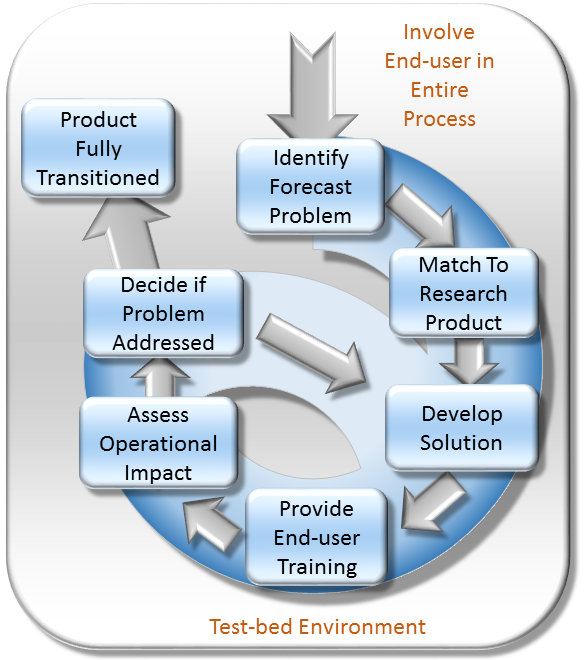Tropical Systems

Using state-of-the-science satellite platforms and techniques, SPoRT researchers are exploring processes that drive tropical cyclone structure and intensity change. Leveraging new observations of lightning flash size and energy from the Geostationary Lightning Mapper (GLM), SPoRT scientists are identifying relationships between lightning flash structure and hurricane intensity change, along with the physics that underlie these relationships. Informed by this research, and in active collaboration with external partners including the National Hurricane Center, SPoRT has developed real-time lightning products to help diagnose and predict hurricane structure and intensity.
SPoRT is also preparing for the launch of NASA’s Time-Resolved Observations of Precipitation structure and storm Intensity with a Constellation of Smallsats (TROPICS) mission. This mission will provide groundbreaking observations of tropical cyclone precipitation structure and thermodynamics. SPoRT is leveraging existing observations from the Global Precipitation Measurement (GPM) mission to perform research and develop products that will enhance the value and utility of TROPICS observations. These observations, together with wind speed measurements from NASA’s Cyclone Global Navigation Satellite System (CYGNSS) mission, also enables SPoRT’s active research on the tropical cyclone diurnal cycle, tropical cyclogenesis, and tropical cyclone convective structure.

